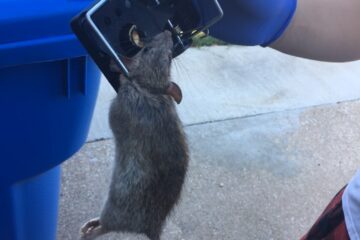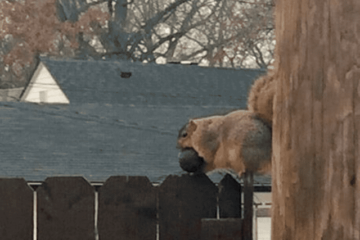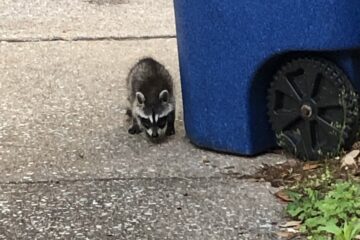Rodents can pose significant challenges in agricultural settings, causing damage to crops, stored grain, and agricultural structures. Effective rodent control is crucial to minimize economic losses and maintain a healthy agricultural environment. However, controlling rodents in agricultural settings comes with unique challenges. In this article, we will discuss the challenges faced in rodent control in agricultural settings and explore potential solutions.
Challenges in Rodent Control:
- High Reproductive Capacity:
Rodents have a rapid reproductive rate, with females producing multiple litters each year. This makes it challenging to control rodent populations, as they can quickly multiply and infest large areas.
- Wide-ranging Movement:
Rodents are excellent climbers and can travel significant distances, making it difficult to confine their movement within a specific area. They can move through fields, orchards, and storage facilities, making control efforts complex.
- Availability of Food and Shelter:
Agricultural settings provide abundant food sources for rodents, such as crops, stored grain, and feed. Additionally, structures like barns, silos, and sheds offer shelter and nesting opportunities. The availability of food and shelter makes agricultural environments attractive to rodents, contributing to their population growth.
- Resistance to Control Methods:
Rodents can develop resistance to certain rodenticides over time. This resistance can reduce the effectiveness of chemical control methods and require the use of alternative approaches to achieve desired results.
Solutions for Rodent Control:
- Integrated Pest Management (IPM):
Implementing an Integrated Pest Management approach is crucial for effective rodent control in agricultural settings. IPM combines various control methods to achieve long-term pest management with minimal environmental impact. Key components of IPM include:
– Regular monitoring and inspection of fields and storage areas.
– Identification of specific rodent species and their behavior.
– Implementing preventive measures, such as removing potential nesting sites and food sources.
– Selective and targeted use of chemical control methods, such as rodenticides, following proper guidelines and regulations.
- Habitat Modification:
Modifying the agricultural environment to reduce rodent habitat and shelter is an important preventive measure. This can include:
– Removing debris and clutter from fields and storage areas.
– Maintaining proper sanitation practices to minimize food availability.
– Implementing proper waste management techniques to reduce potential food sources.
– Clearing vegetation and maintaining a buffer zone around fields and storage facilities to discourage rodent movement.
- Exclusion Measures:
Implementing physical barriers to prevent rodent access can be an effective control strategy. This includes:
– Installing rodent-proof fencing around fields or storage areas.
– Sealing cracks, gaps, and openings in buildings, structures, and equipment.
– Implementing proper door sweeps and seals on agricultural buildings to prevent rodent entry.
- Biological Control:
Introducing natural predators or utilizing biological control methods can help manage rodent populations. This can include:
– Encouraging the presence of natural predators, such as owls or hawks, through habitat enhancements.
– Implementing biological control agents, such as barn owls or feral cats, to help control rodent populations.
- Trapping and Baiting:
Using traps and bait stations can be effective in controlling rodent populations. This method requires regular monitoring and proper placement of traps or bait stations in areas of high rodent activity.
- Professional Pest Control Services:
In complex agricultural settings, it may be necessary to seek the assistance of professional pest control services specialized in agricultural pest management. They have the expertise, knowledge, and tools to assess the specific needs of the agricultural operation and implement effective control strategies.
Rodent control in agricultural settings presents unique challenges due to factors such as high reproductive capacity, wide-ranging movement, and availability of food and shelter. However, by implementing integrated pest management practices, modifying habitats, using exclusion measures, considering biological control methods, utilizing trapping and baiting, and seeking professional assistance when needed, effective rodent control can be achieved. By addressing rodent infestations in agricultural settings, farmers can protect crops, stored grain, and agricultural structures, minimizing economic losses and maintaining a healthy agricultural environment.



